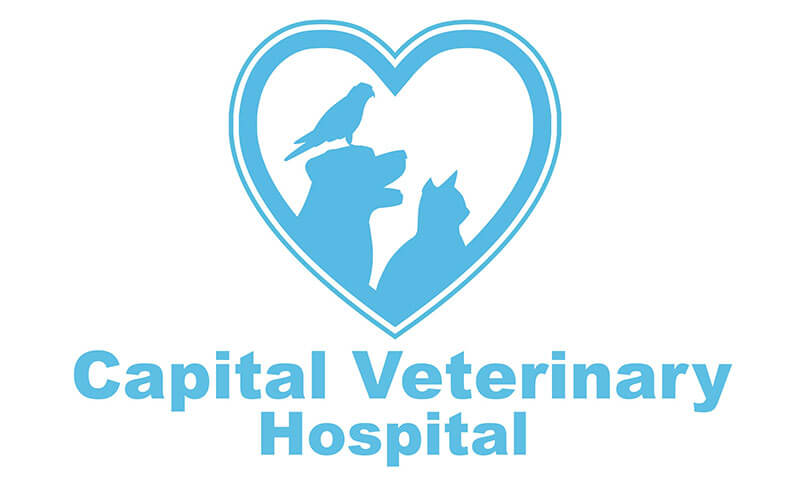Laparoscopy is a type of surgical procedure that allows a veterinarian to access the inside of the abdomen (tummy) and pelvis without having to make large incisions in the skin.
This procedure is also known as keyhole surgery or minimally invasive surgery.
Large incisions can be avoided during laparoscopy because the surgeon uses an instrument called a laparoscope.
This is a small tube that has a light source and a camera, which relays images of the inside of the abdomen or pelvis to a television monitor.
The advantages of this technique over traditional open surgery include:
- a shorter hospital stay and faster recovery time
- less pain and bleeding after the operation
- reduced scarring
When laparoscopy is used
Laparoscopy can be used to help diagnose a wide range of conditions that develop inside the abdomen or pelvis. It can also be used to carry out surgical procedures, such as removing a damaged or diseased organ, or removing a tissue sample for further testing.
Laparoscopy is most commonly used in:
- Spaying – removing the ovaries in a female patient
- gastroenterology – the study and treatment of conditions affecting the digestive system
- urology – the study and treatment of conditions affecting the urinary system
How laparoscopy is carried out
Laparoscopy is carried out under general anesthesia, so patient won’t feel any pain during the procedure.
During laparoscopy, the surgeon makes one or more small incisions in the abdomen. These allow the surgeon to insert the laparoscope, small surgical tools, and a tube used to pump gas into the abdomen. This makes it easier for the surgeon to look around and operate.
After the procedure, the gas is let out of abdomen, the incisions are closed using stitches and a dressing is applied.
patient can often go home on the same day of their laparoscopy, although they may need to stay in hospital overnight.
Safety
Laparoscopy is a commonly performed procedure and serious complications are rare.
